Birds at the Feeders July-August 2022
Birds at the Feeders July-August 2022
In this Closer to Nature... Blog look for bird visual and writings in the Maryville Alcoa Greenway Nature Encounters, the Bird Photography and Nature Journals, and a new informational formatted bird cards I am creating.
UPDATE December 2022... Randy has added a newer DSLR Canon Rebel 7 Camera with a Canon 75-300mm lens that along with practice he has improved his Bird photography. I still have some great photos taken from an older Canon Sure-Shot Camera with and attached lens.
Just get Closer to Nature.... by getting any type of camera and taking pictures of the wonderful biodiversity that is out there when you are outside! OR from sitting on a porch close to a bird feeder.
To view the pictures in a better gallery view, left click on a image and scroll using keyboard on screen bottom directional arrows
A good friend has always had bird feeders for many years. When she moved back to Maryville, Tennessee from Colorado, she said a priority was to live in a place that had a good deck or porch to have several bird feeders to attract and to watch the birds.
She bought a place with a shaded and covered front porch that had a maple tree out front that is perfect for hanging a sunflower hearts feeder, a suet basket, and a hummingbird feeder. All these are about 10 feet from her sitting area on the porch. If you sit still and move slowly when taking pictures, the many species of birds that visit regularly are available for taking great photographs with a smart phone or from a digital camera with a better zoom lens.
Her cat Sophie also loves to lay on a table and watch out the window for all the birds that feed off the two hanging feeders. Sophia also is ready to hunt the several species like American Robins, Mourning Doves, or Eastern Towhees, which usually feed on the ground from the seeds that get scratched and dropped from the feeders by the birds.
The Eastern Towhee is a species I was not familiar with until watching them feeding on the ground getting seeds dropped from the birds on the feeder.
I have learned a lot of how to identify our Aves visitors starting with a Birds of Tennessee pamphlet I viewed often. When I started uploading observations using the iNaturalist App on my phone I was getting identification suggestions and checks from more experienced birders in the iNat community. I have noticed that these iNat birders are always checking for posts to identify birds. A second agreement of the species on iNat for an observation results in it being Research grade for this great citizen science program.
Using this helpful and easy to use identification APP and the website program I can now spot and identify so many species on my own as iNat is getting me .......Closer to Nature...
Check out their FAQ Help page for information
Below are several screenshots from my iNaturalist home page of some of the "feeder" birds I have observed this summer of 2022.
I got out my older digital camera with a 40-100 zoom lens and borrowed another bridge smaller zoom camera which added better photos when I was sitting on her porch during the times I visited. As I have gotten more involved in using the iNaturalist programs and getting out this summer for walks looking for wildflowers, it has been lots of fun when I am able to nab a good bird picture to add an observation to iNat.
Even though this Black Vulture was NOT at the bird feeders it was only about one-half mile away perched way up high on a tree top branch. I don't think my friend wants a Vulture at the bird feeder in the front yard!
I was recently talking to a very experienced photographer and “birder” friend I met through iNaturalist and have spoken to regularly on our local Greenway trails here in Maryville and Alcoa. I have been viewing her pictures on iNat and I have decided to upgrade my photography equipment with a newer better zoom lens camera and higher megapixel rating.
I want to get much better photos, especially those further away, of birds and other critters I might run into while on the several days a week I wander on the Greenbelt trails. I also have been seeing and taking bird pictures and adding them to iNat from my condo’s hilltop elevated deck and even on hiking days in the nearby Great Smoky Mountains National Park.
Even these European Starlings are often seen on this American Sycamore tree down the hill from my deck. This species are regular visitors at bird feeders. I had to zoom about 75 feet to get this shot.
One woodpecker I was able to learn quickly is the Downy Woodpecker. It seemed to always like feeding at the suet feeder. When bigger more aggressive birds wanted to feed it usually left the feeder but often perched on a nearby limb or tree trunk waiting to return back to the suet feeder.


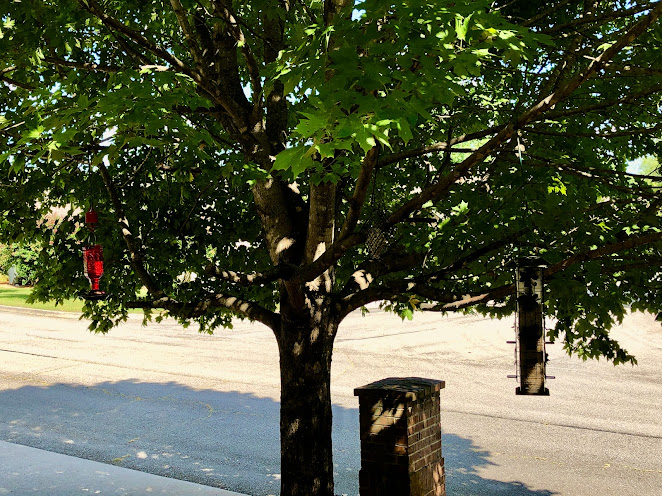














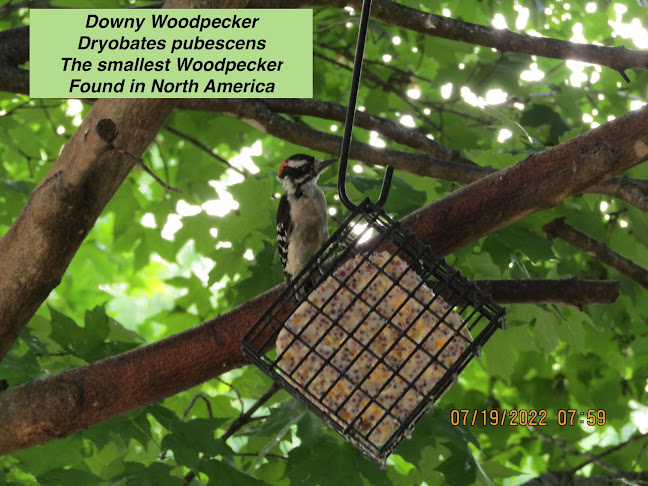

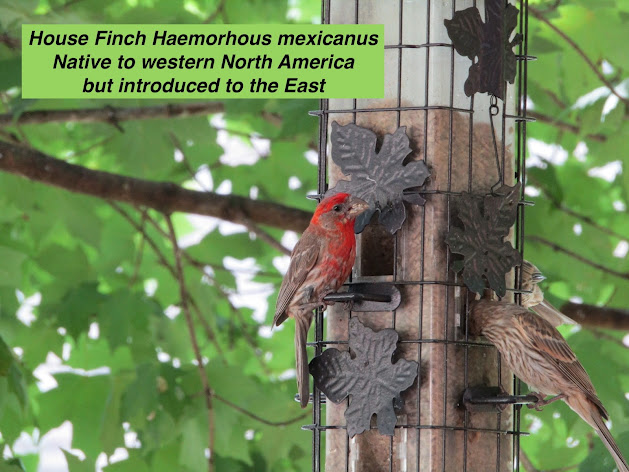




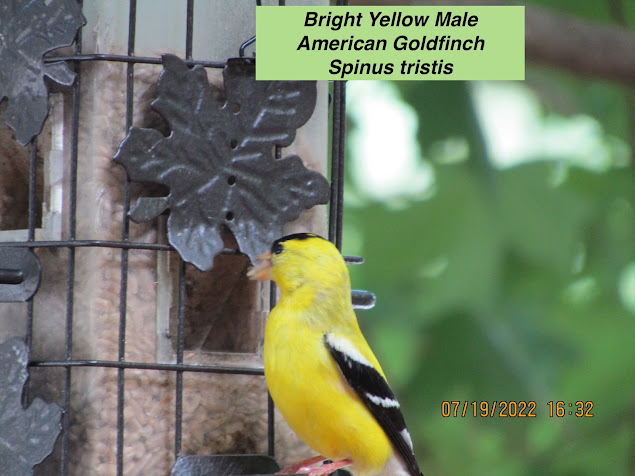
















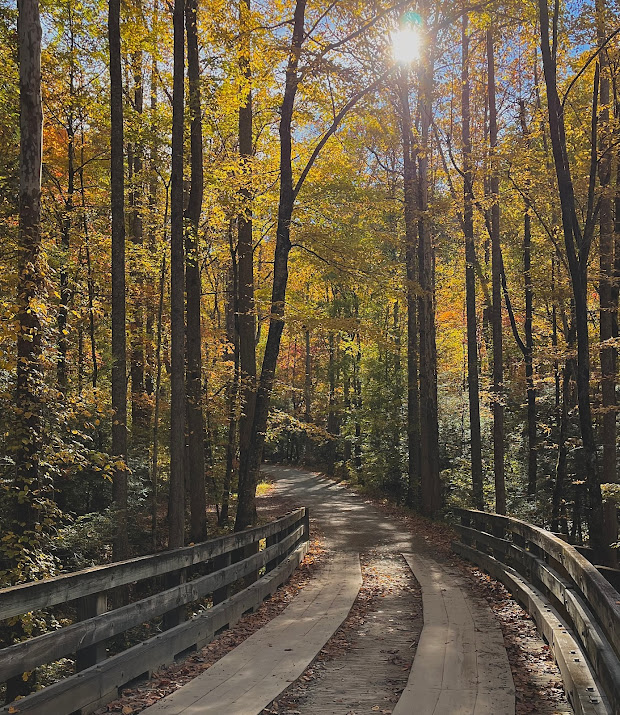
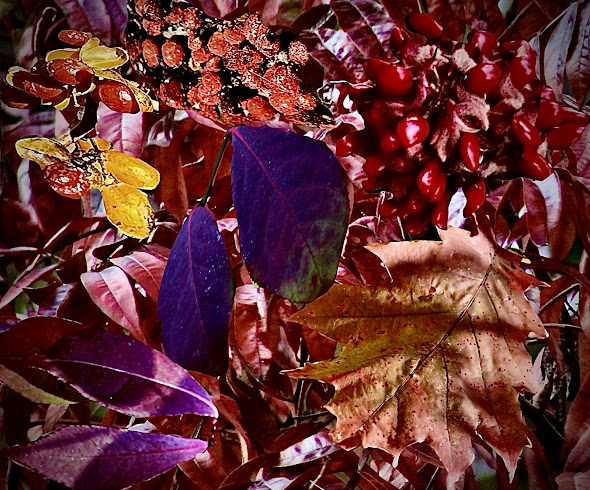
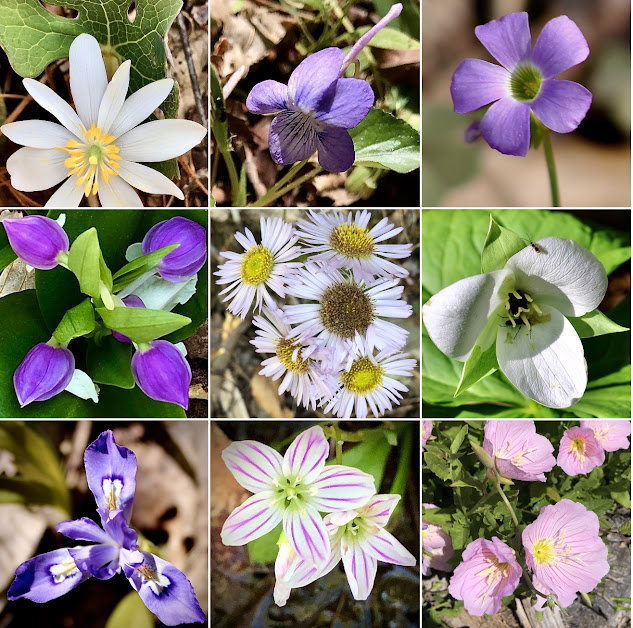


Comments
Post a Comment